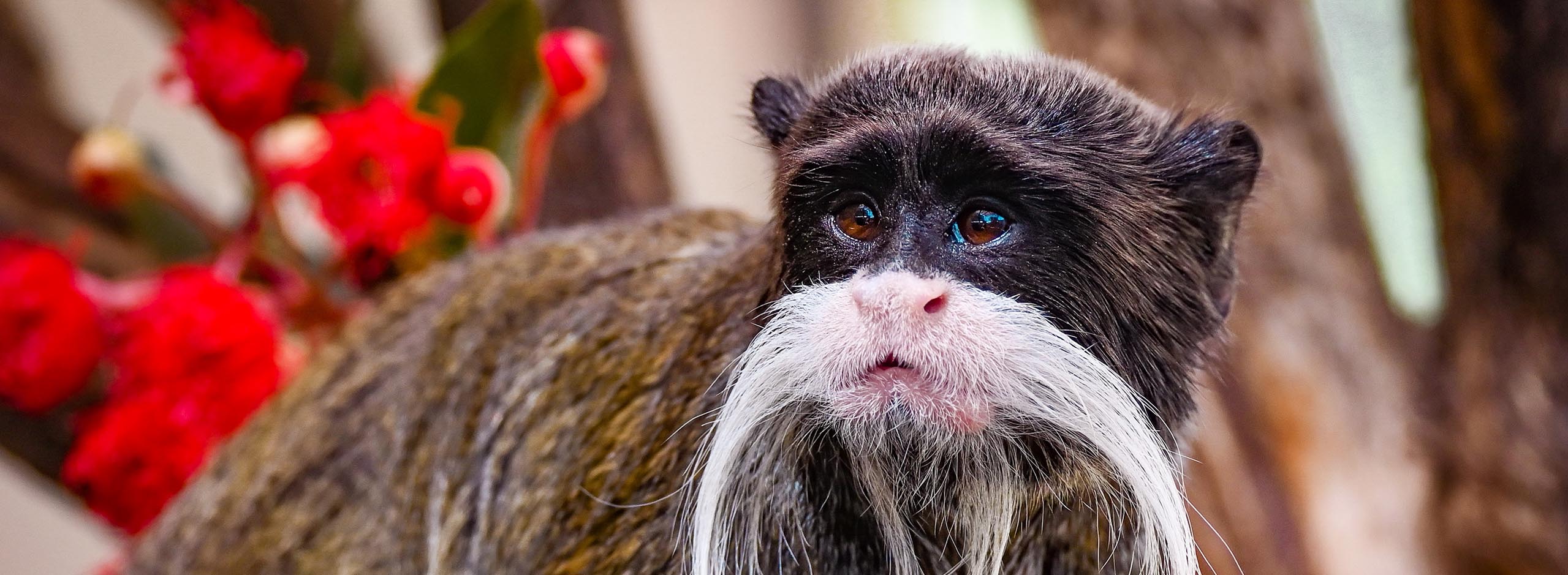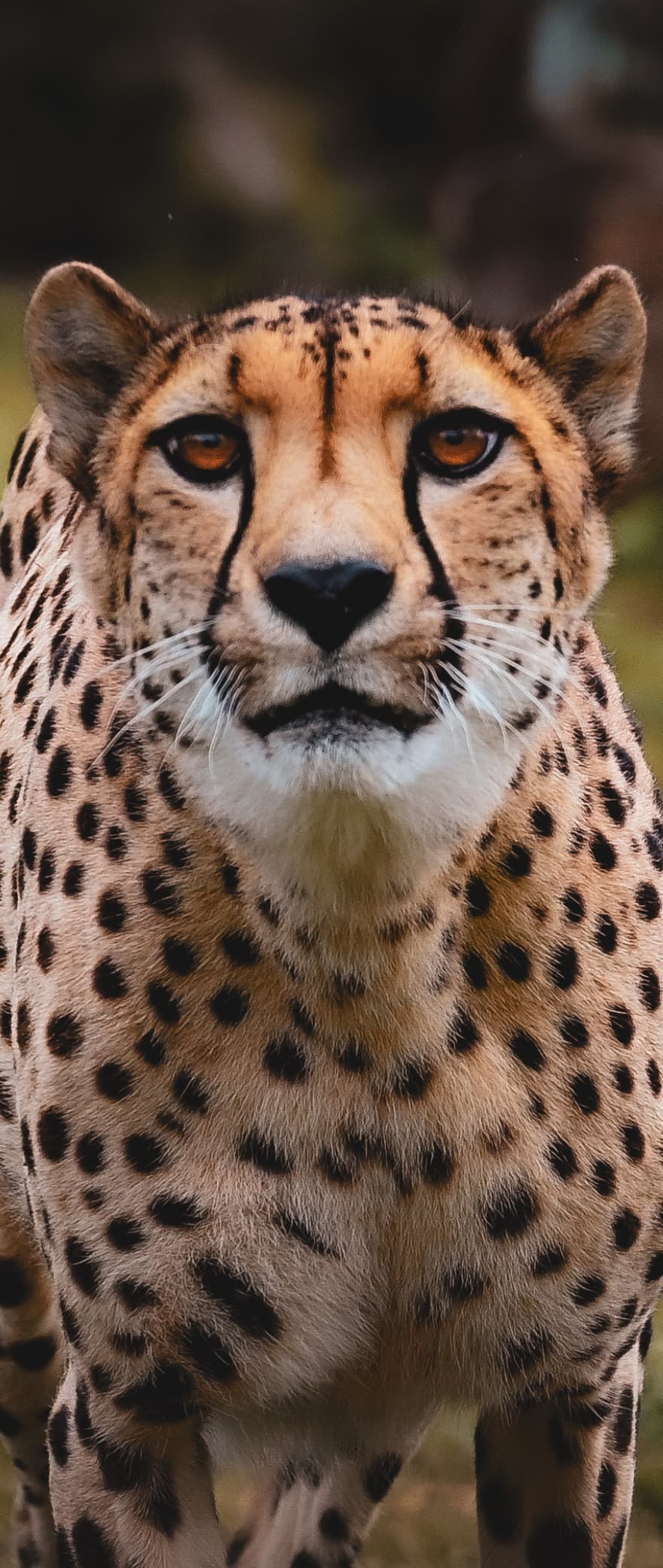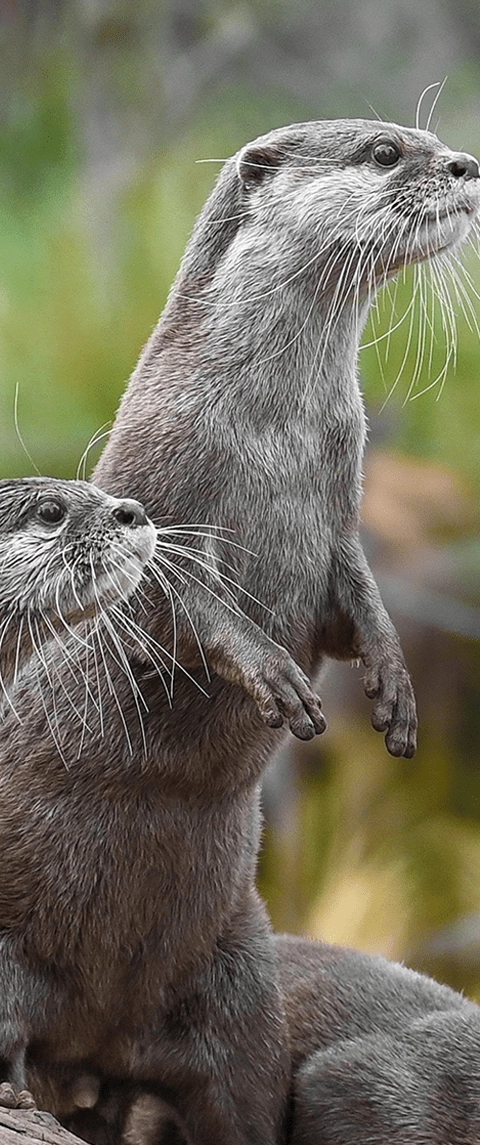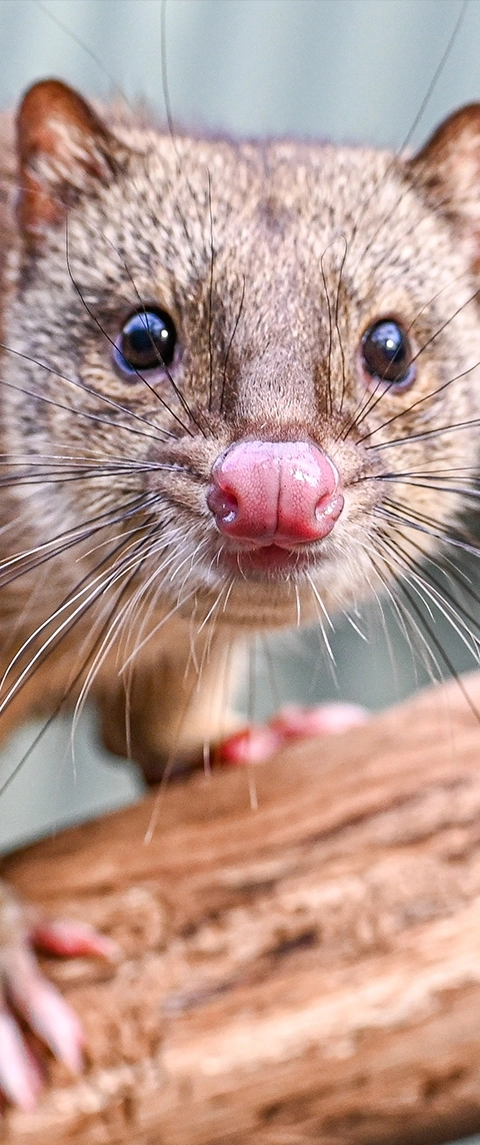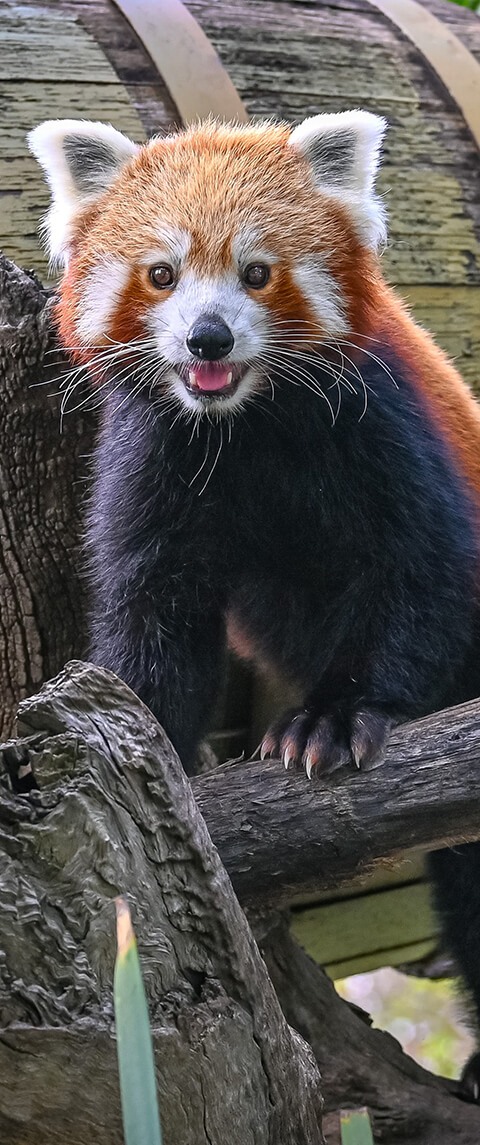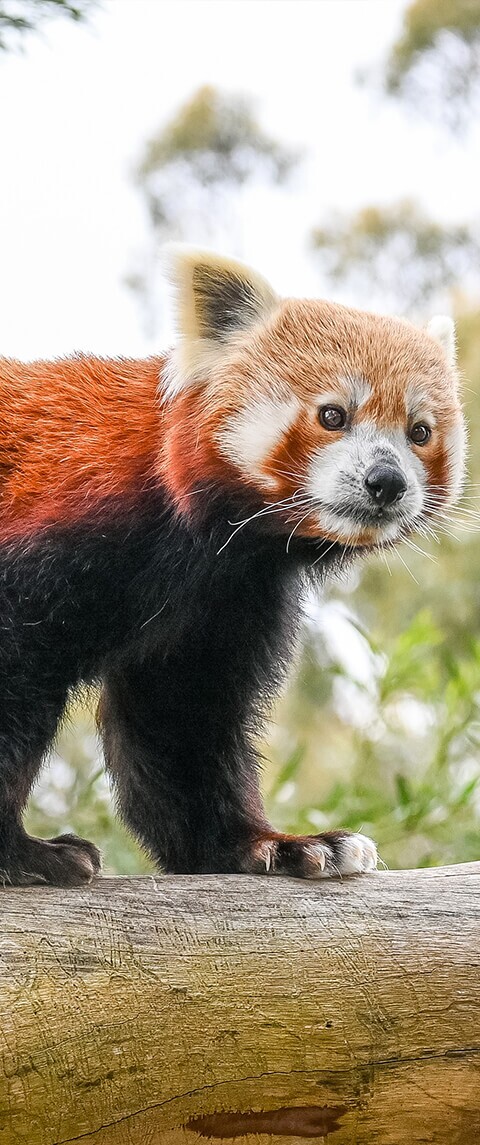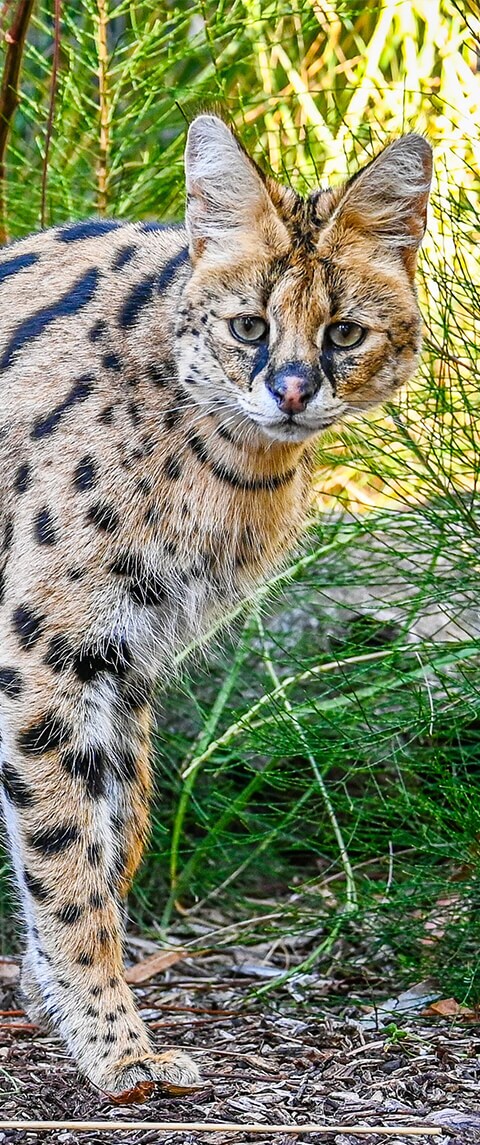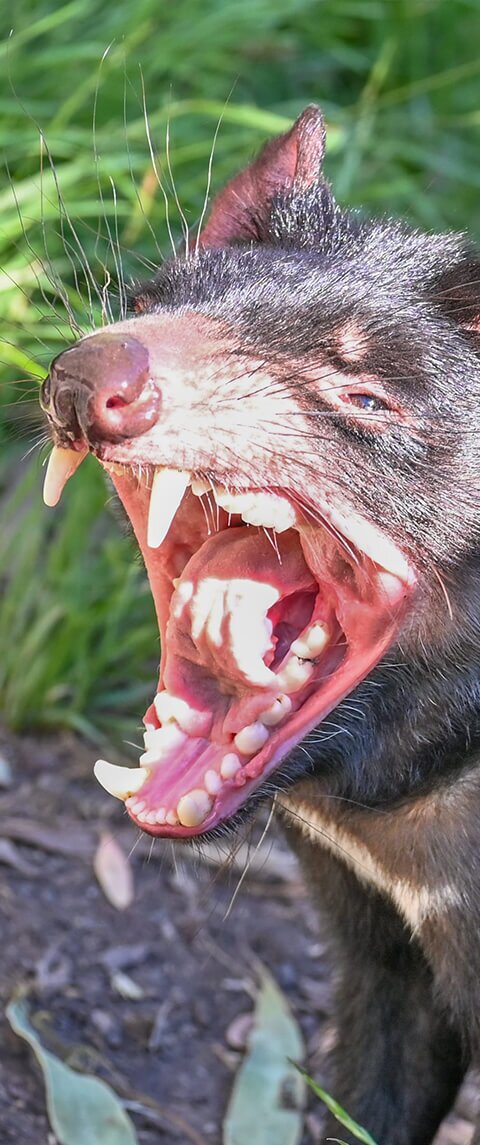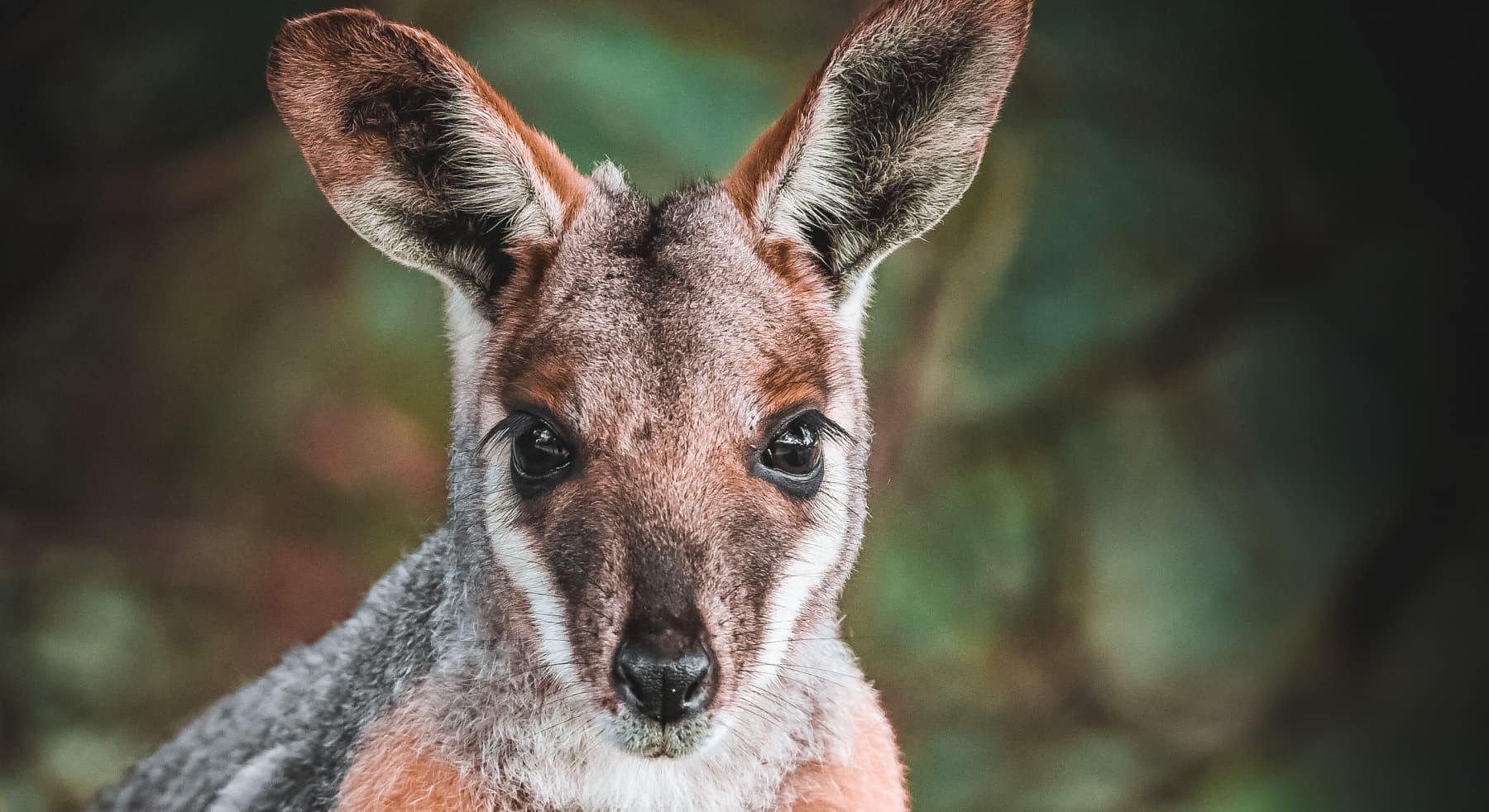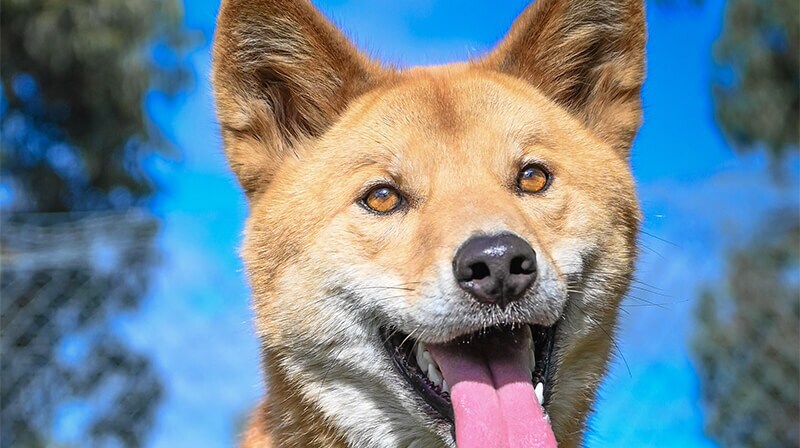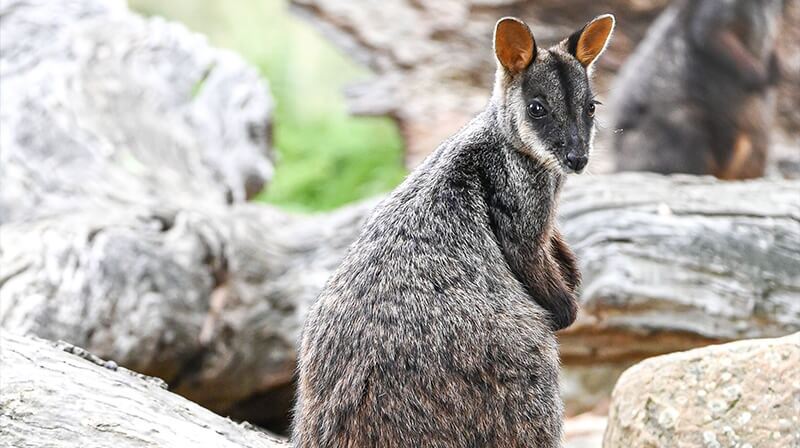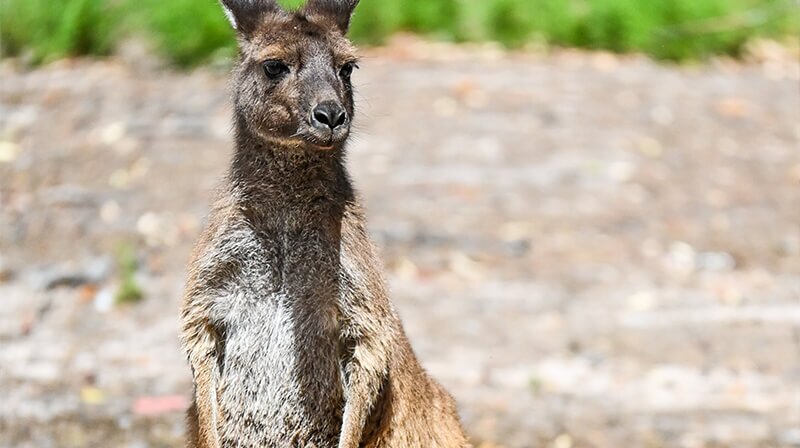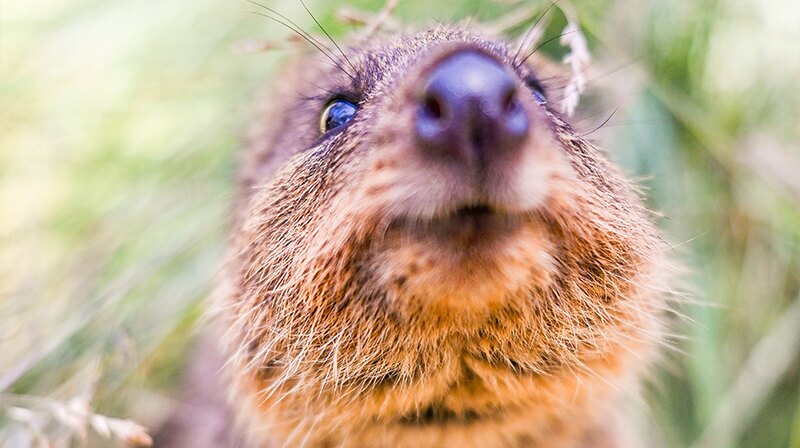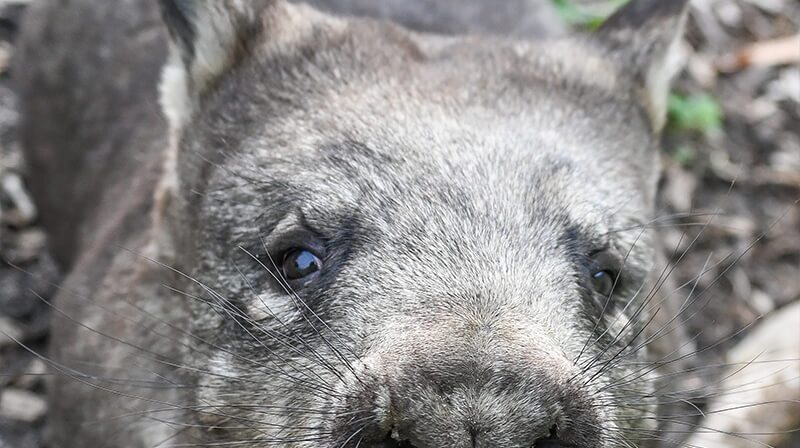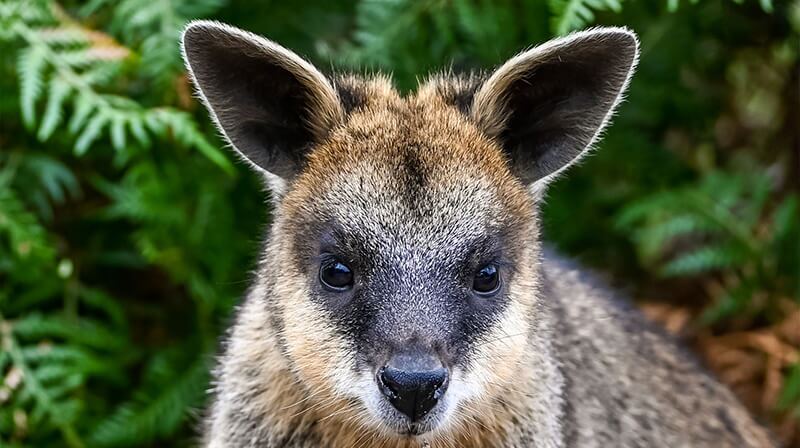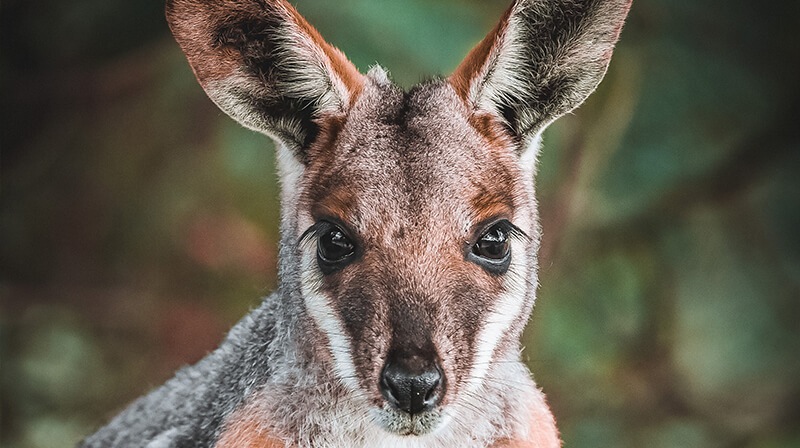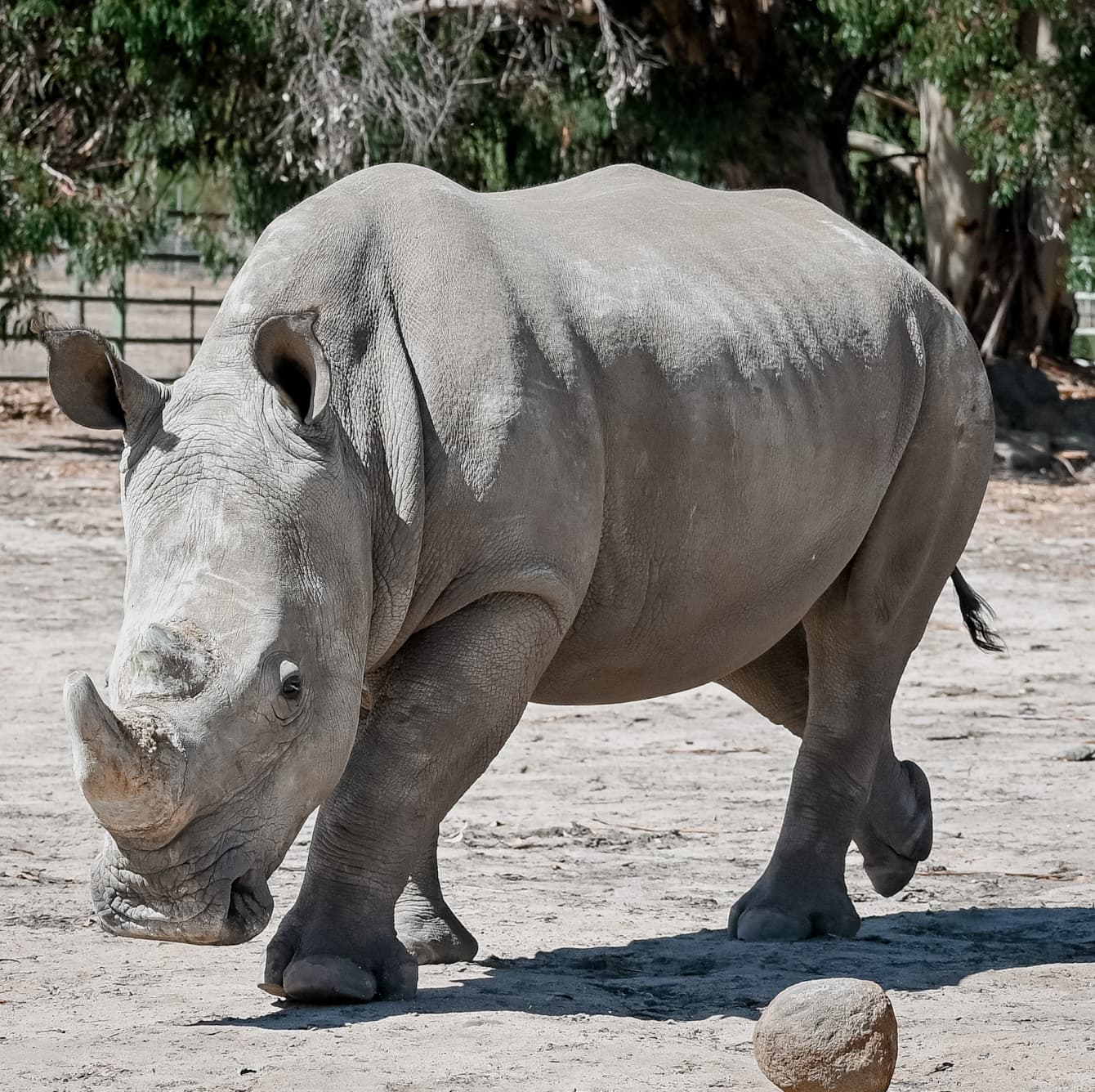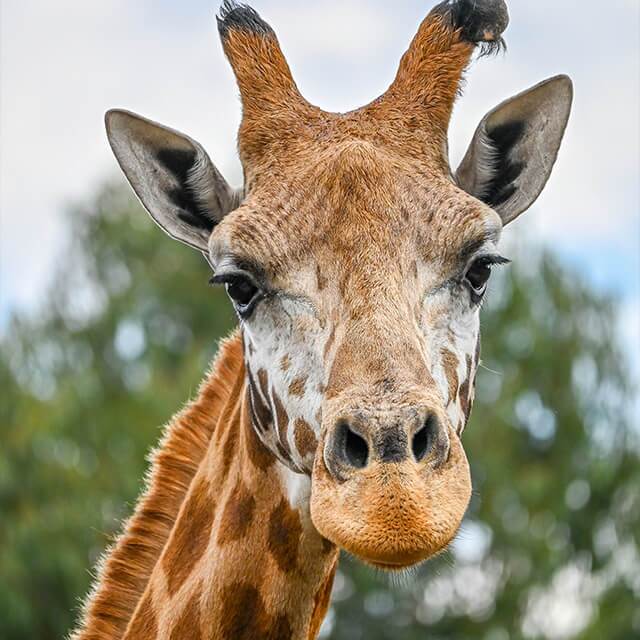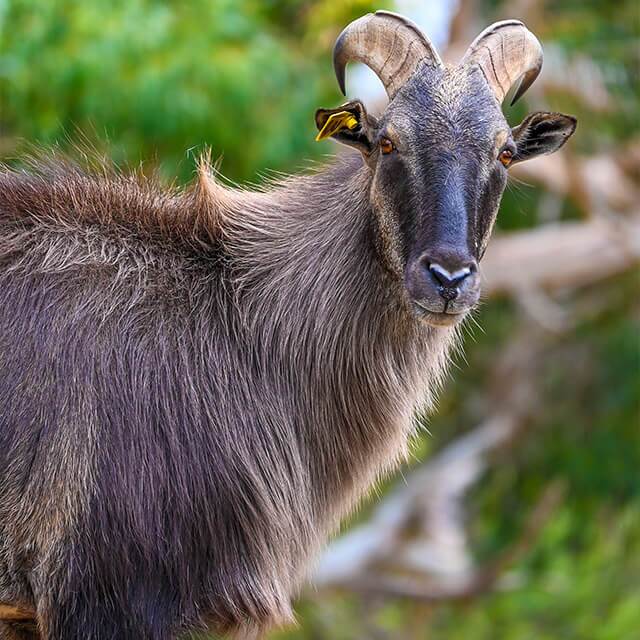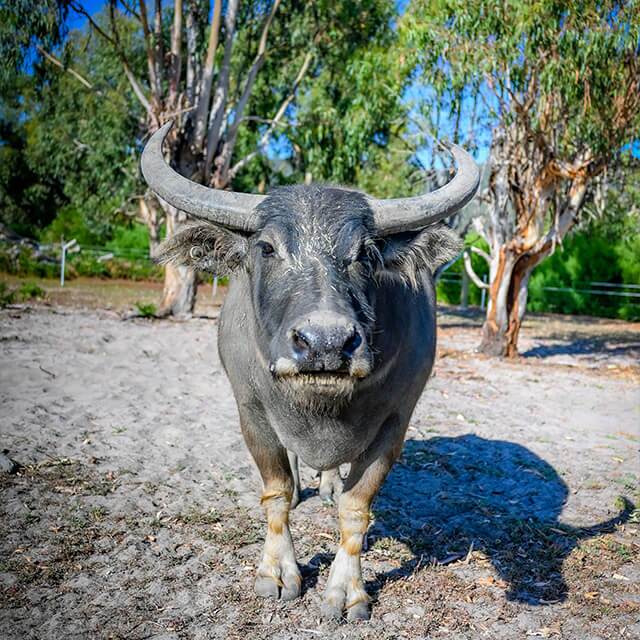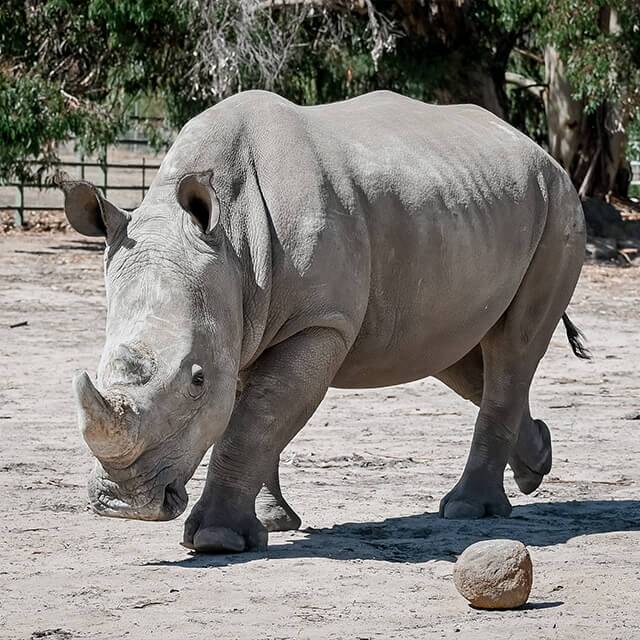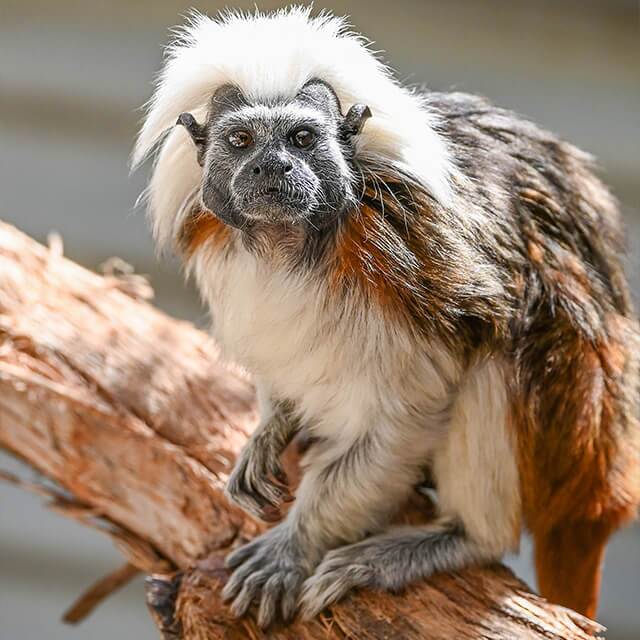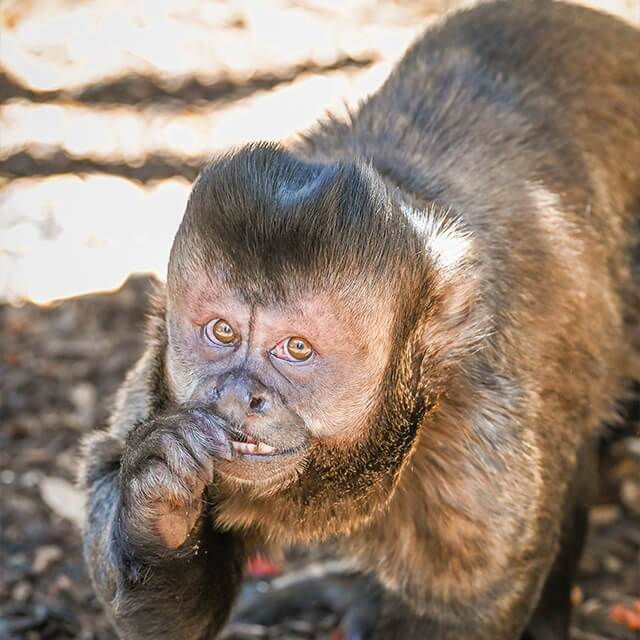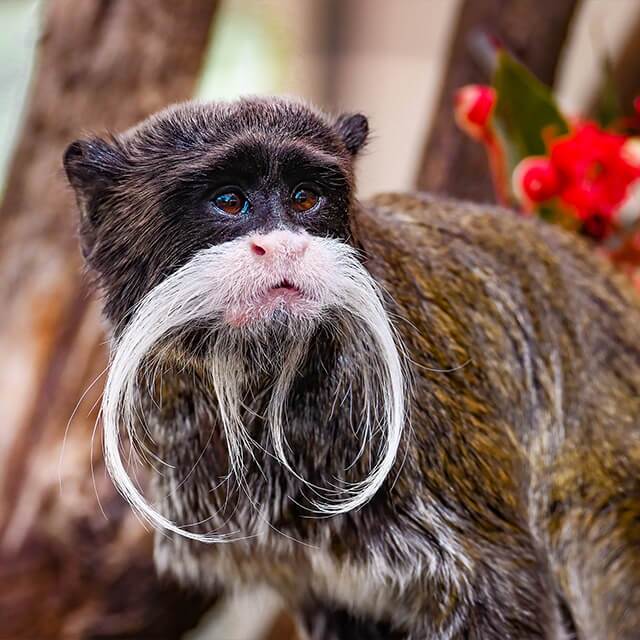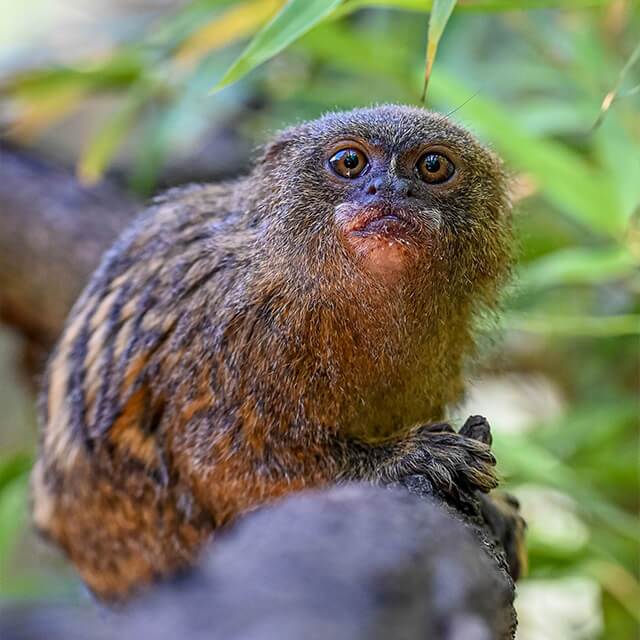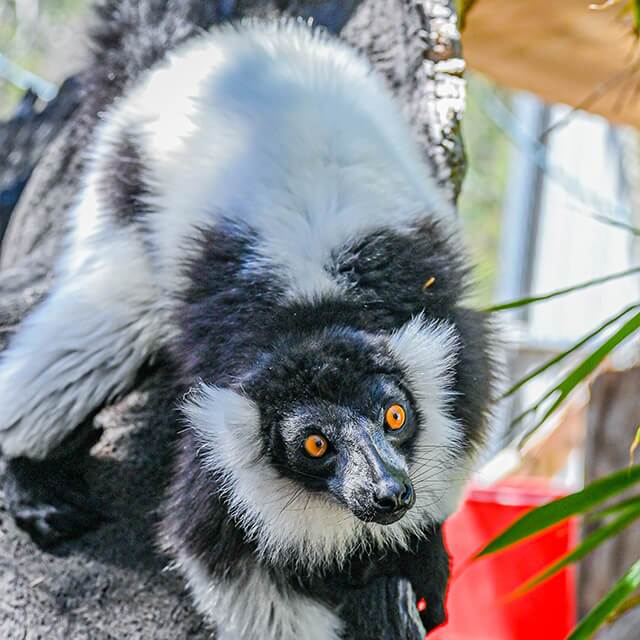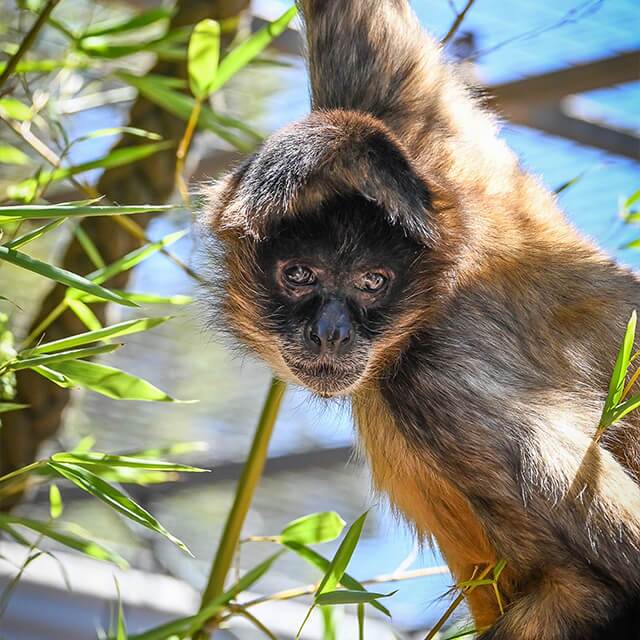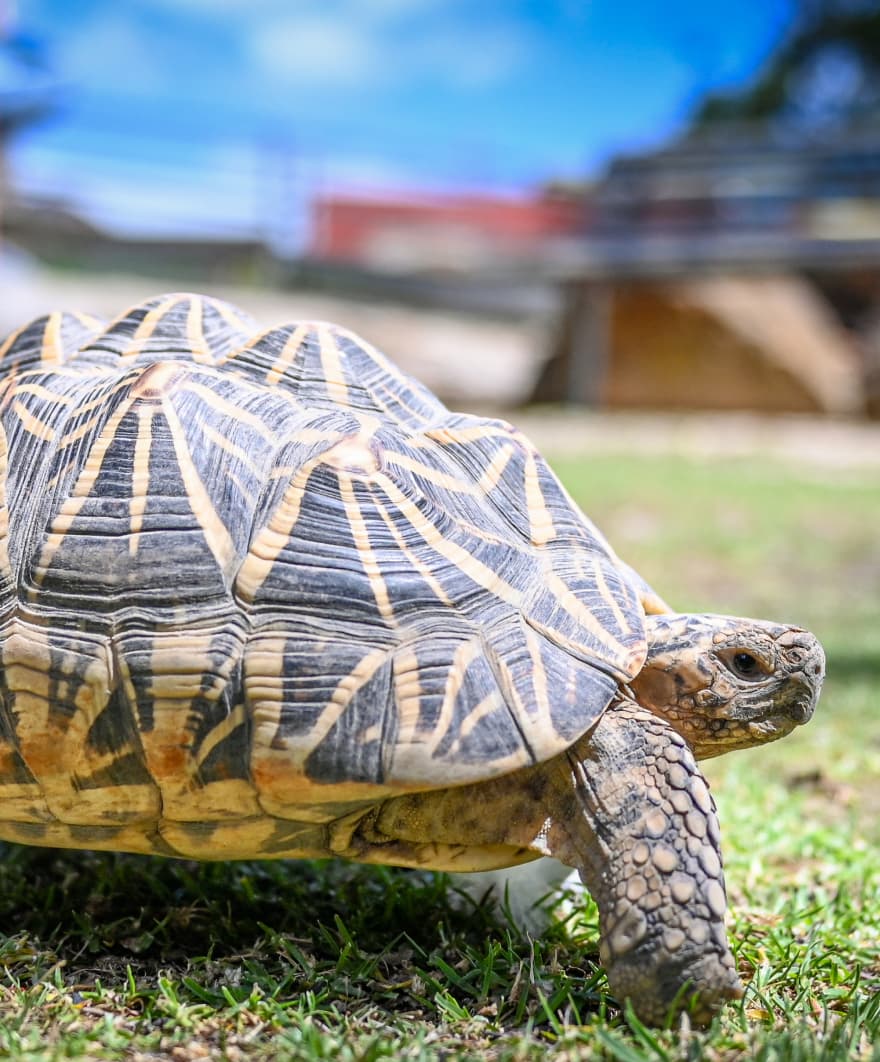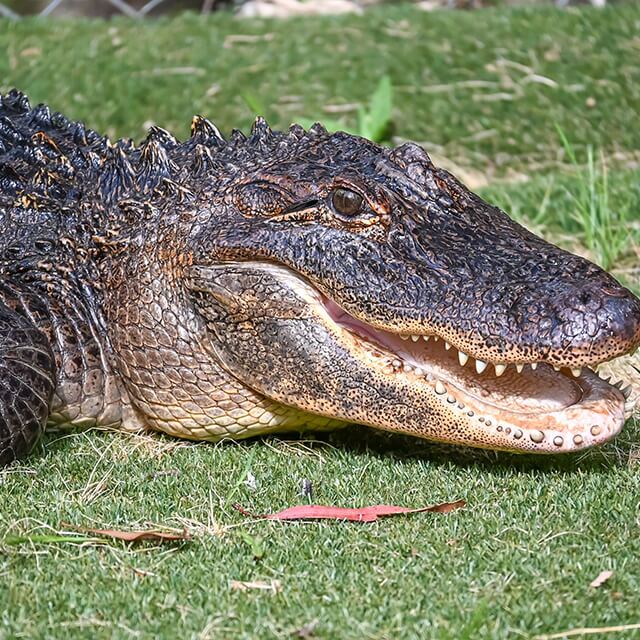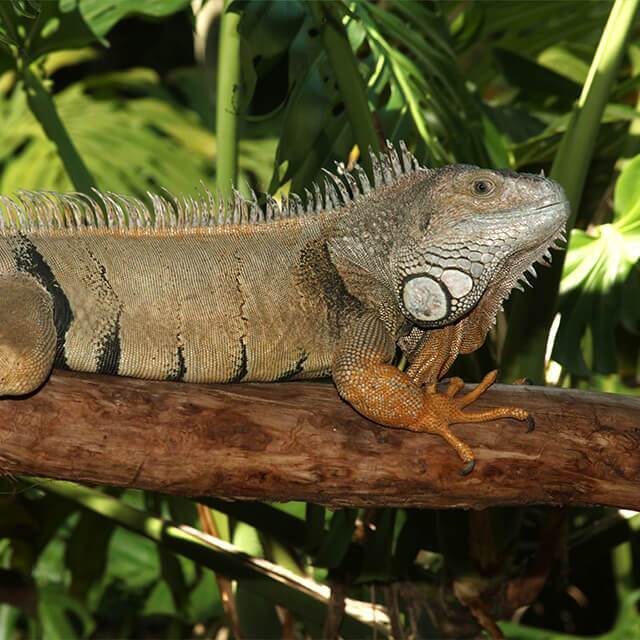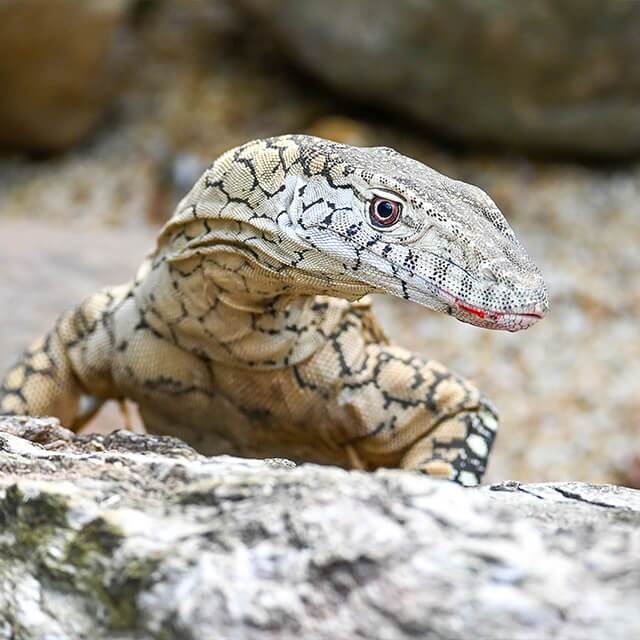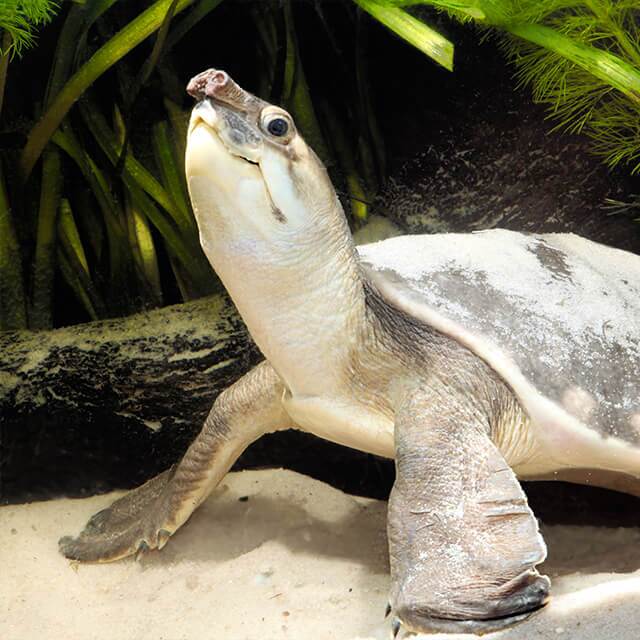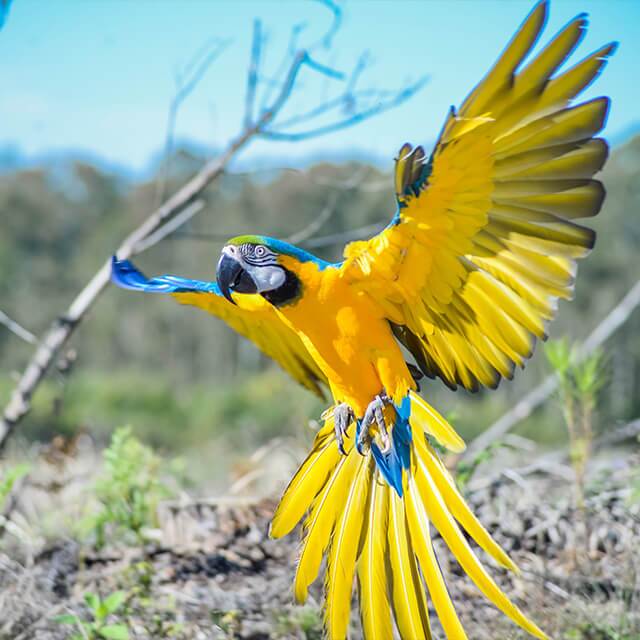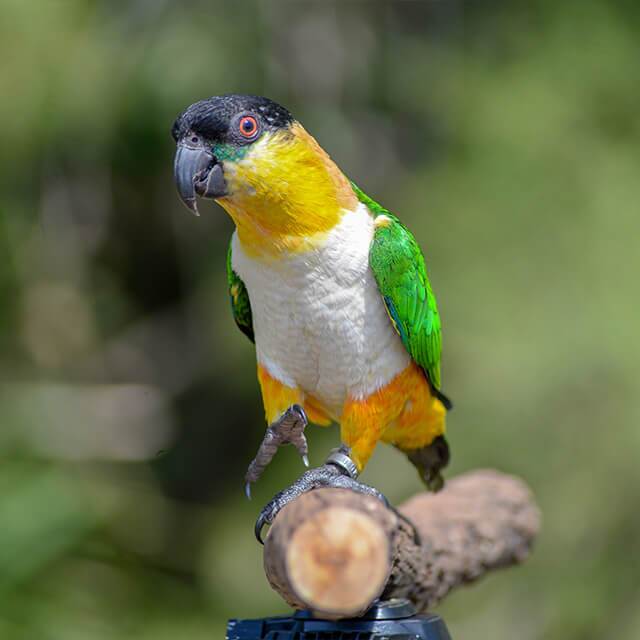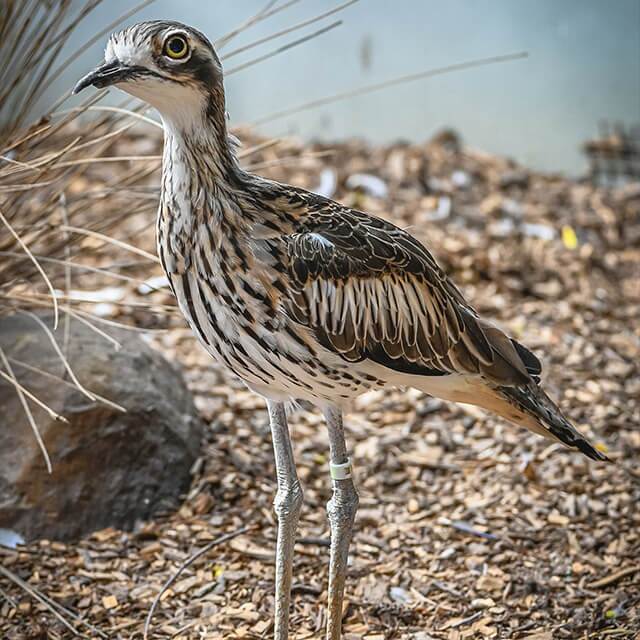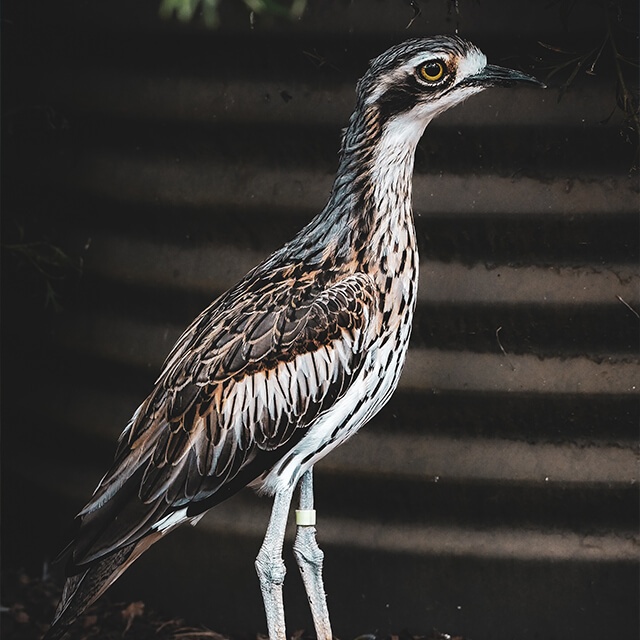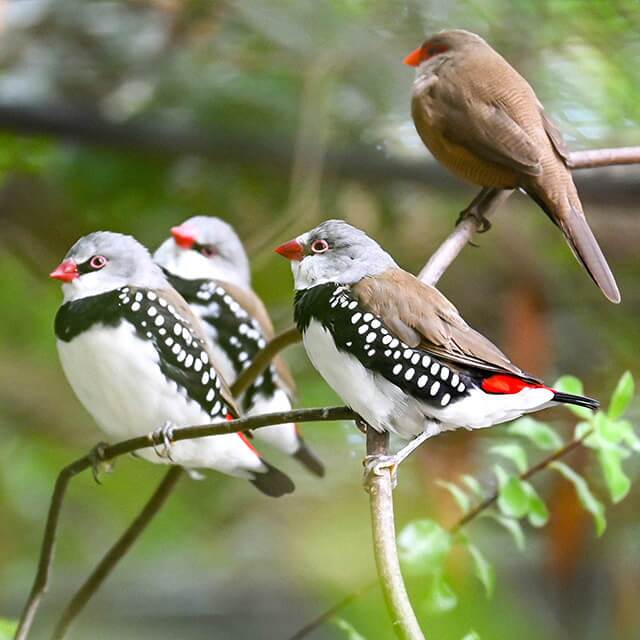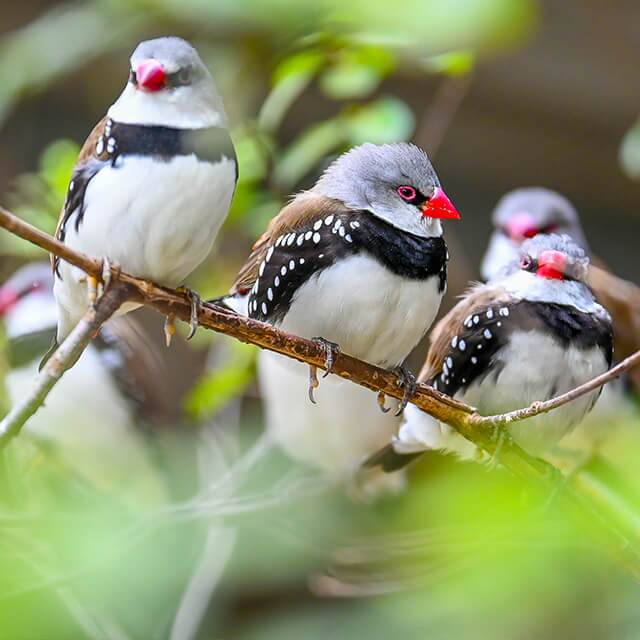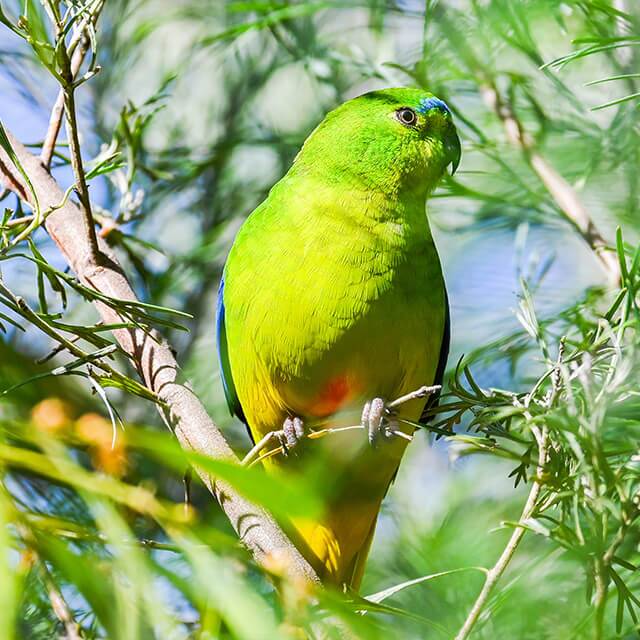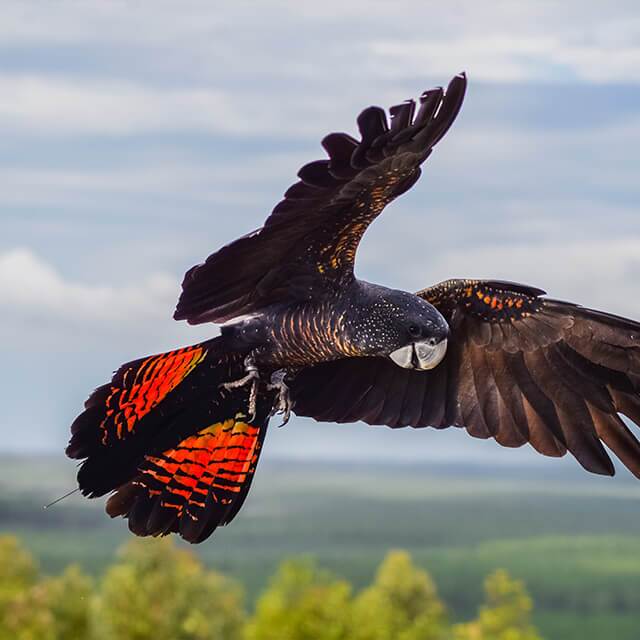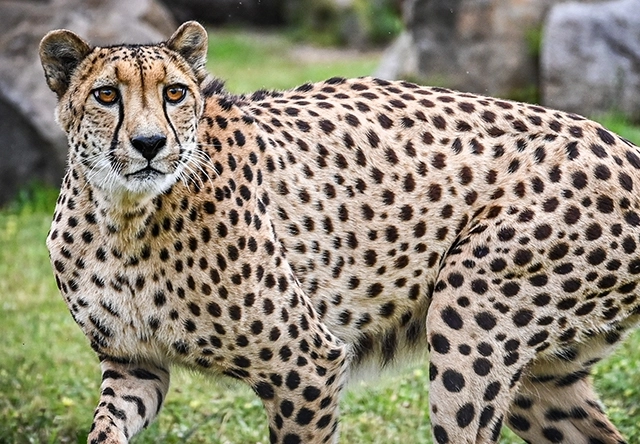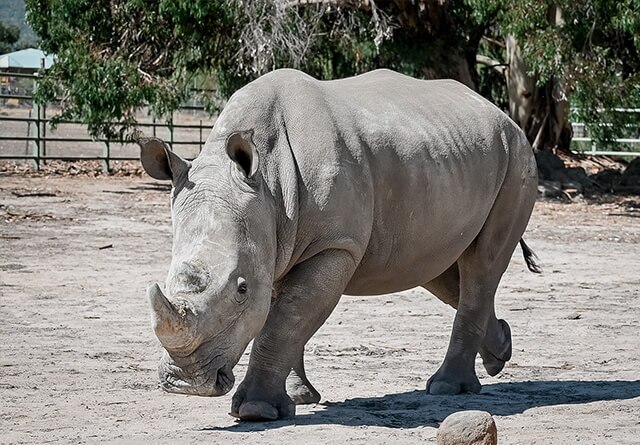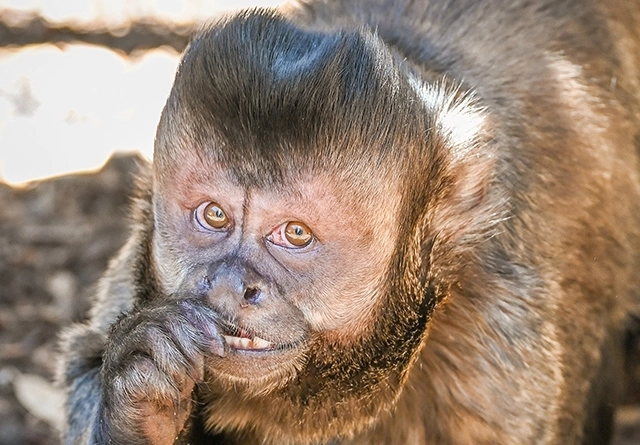Our dedicated keeping team spend their days providing the best possible care for our wildlife and are also responsible for the encounters. The animals listed below represent less than half of the zoo’s animal population but includes many of the favourites.
Caring for our Wildlife
Our dedicated keeping team spend their days providing the best possible care for our wildlife and are also responsible for the encounters. Our animal care philosophy is based on agreed standards and a focus on constantly improving these. These standards are usually based on the husbandry standards from the Zoo and Aquarium Association and include the provision of enrichment, training programmes and conditioning the animals to make managing them easier, to build the relationships between staff and wildlife and to reduce unnecessary stress. Our enclosures are generally large and naturally landscaped. We seek and receive advice from the likes of Werribee Open Range Zoo and many of the regional zoos which includes advice on both veterinary and animal keeping standards. We do not have our own veterinary staff but rely on the keeping team to monitor and report health concerns on a daily basis, which we then discuss with our consultant vets as needed. Some preventative veterinary care such as parasite control is implemented by our keepers on the advise of our consulting vets.
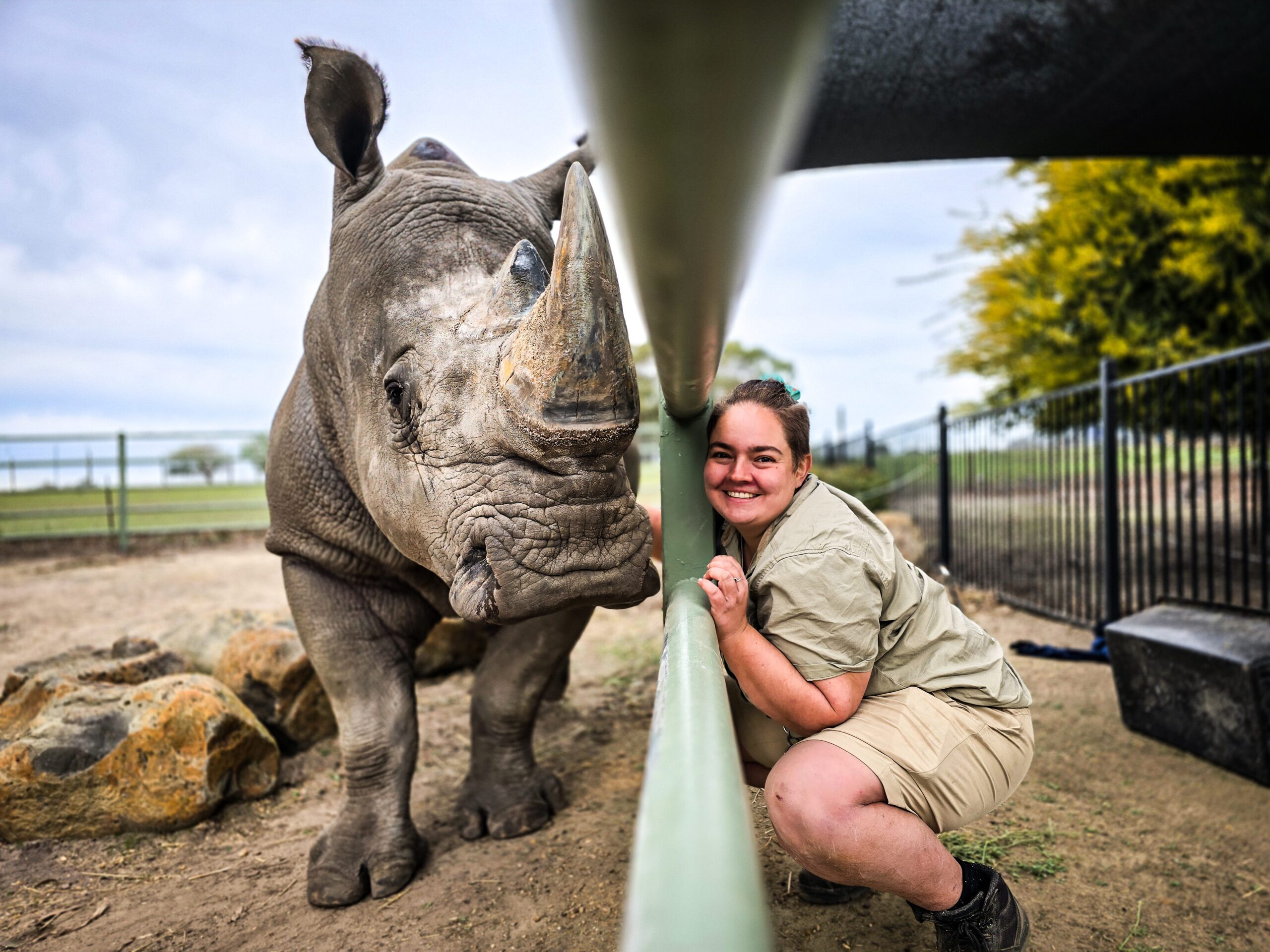
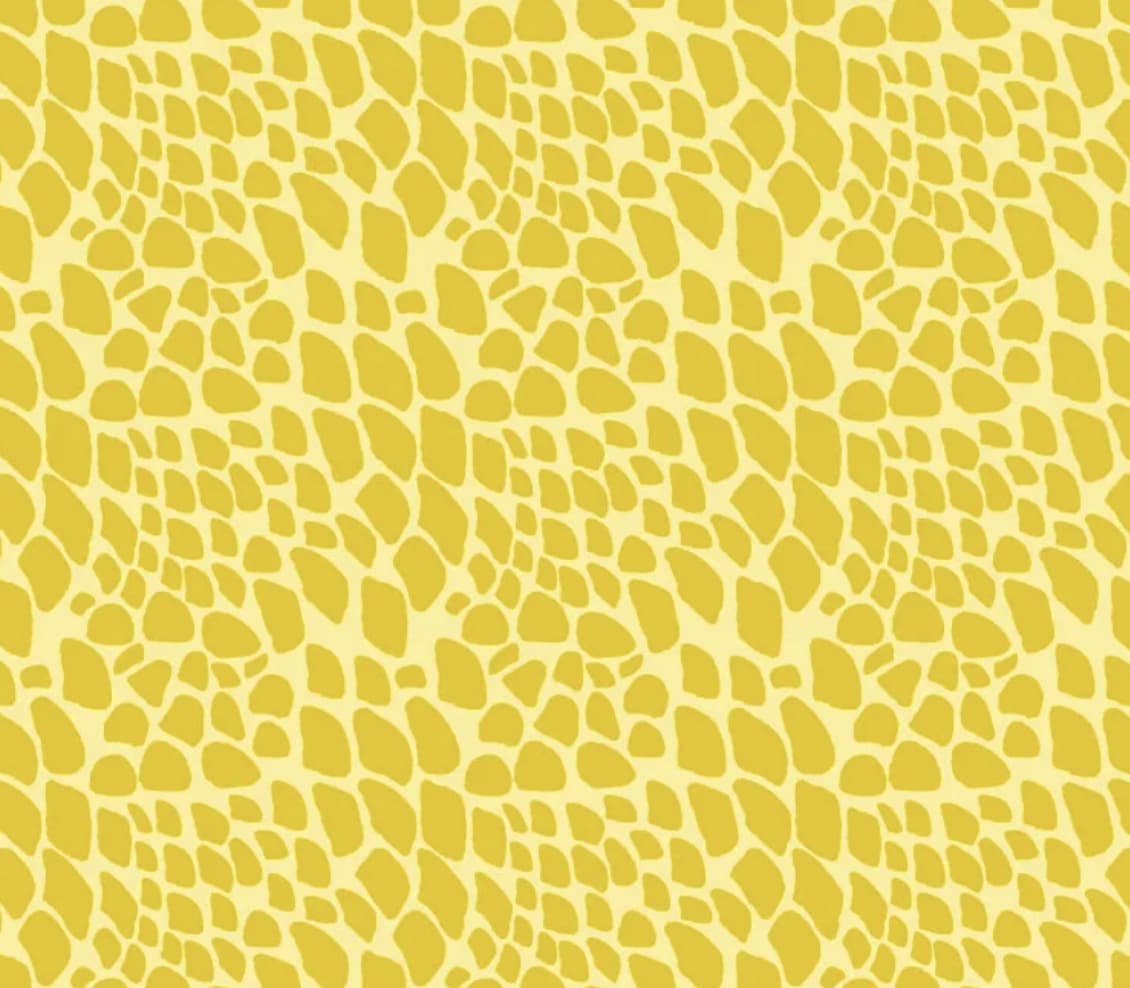
As part of the essential dietary requirements and enrichment we have a staff member who cuts browse three days per week. This browse supplies key nutrition for browsers such as giraffe, enrichment and some food for the likes of primates and parrots. As well as this we plan and commit to key exhibit upgrades to improve animal welfare each year. The latest has been a spend of over $100,000 on the giraffe paddock substrate, and larger new enclosures for our salt-water crocodile and pig-nosed turtle. Next we are turning our focus to larger enclosures and dens for our breeding group of capuchin monkeys followed by upgrade for our wombats.
Cheetah Training
As part of building a trusting relationship with our cheetah boys, which makes managing the boys easier and stress free, our team have worked wonders with the training program. The video provides an insight into how this achieved and if you want to see it in action, consider booking the cheetah encounter.
Rhino Training
Ever wondered how our keepers manage a three to rhino to move where and when asked and to participate in voluntary health checks? The answer is a training program that is a win-win for the rhino and the keepers. This focusses on building trust and ensuring the rhino finds the training rewarding while presenting the right behaviours to make their management easy.
The video provides an insight into how this achieved and if you want to see it in action, consider booking the rhino encounter.
Capuchin Training
Primates are highly intelligent and if not managed correctly they can become unruly to both the keepers and each other. By using a consistent training program our keepers build a trusting relationship that enables them to manage the troops in a stress-free environment. The training also enables ease of health care and even the ability to move the animals with ease. The video provides an insight into how the keepers achieve some of the trained behaviours and if you lucky you may even catch a keeper in action while training is underway.



